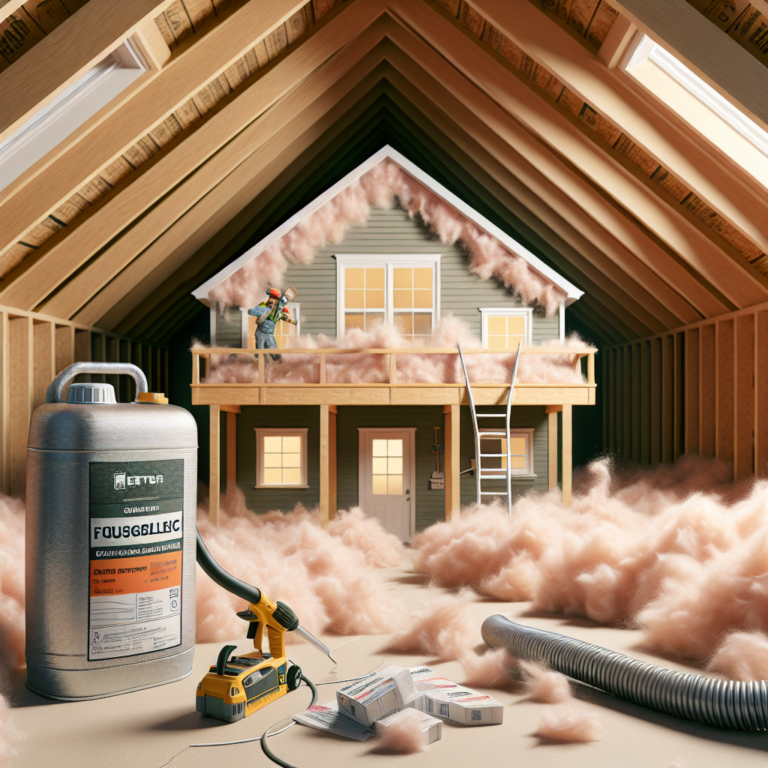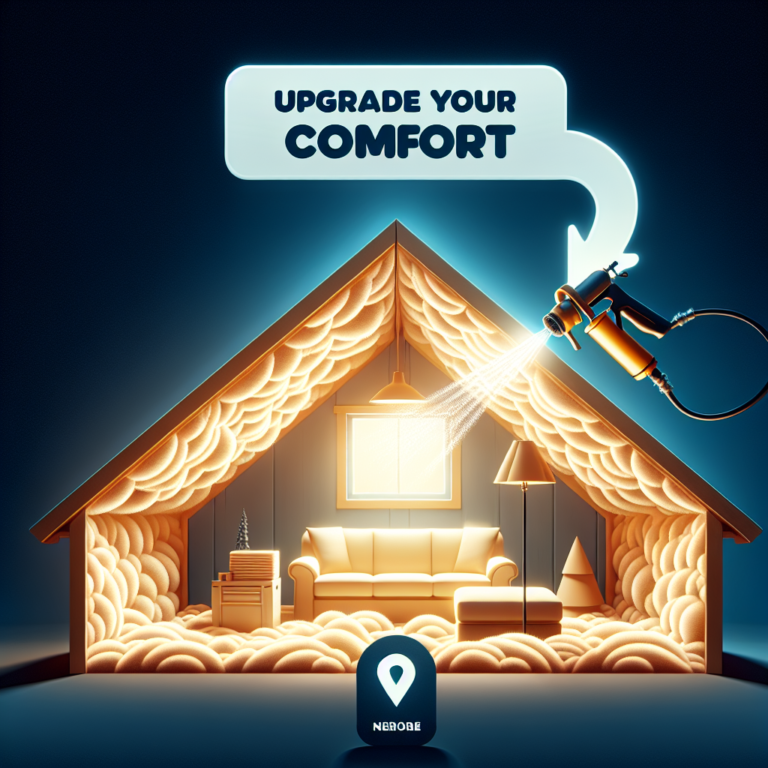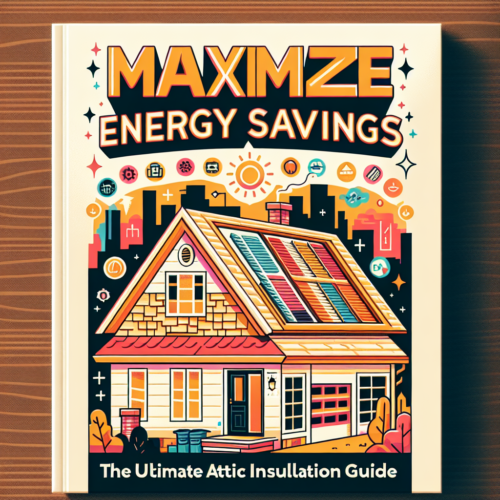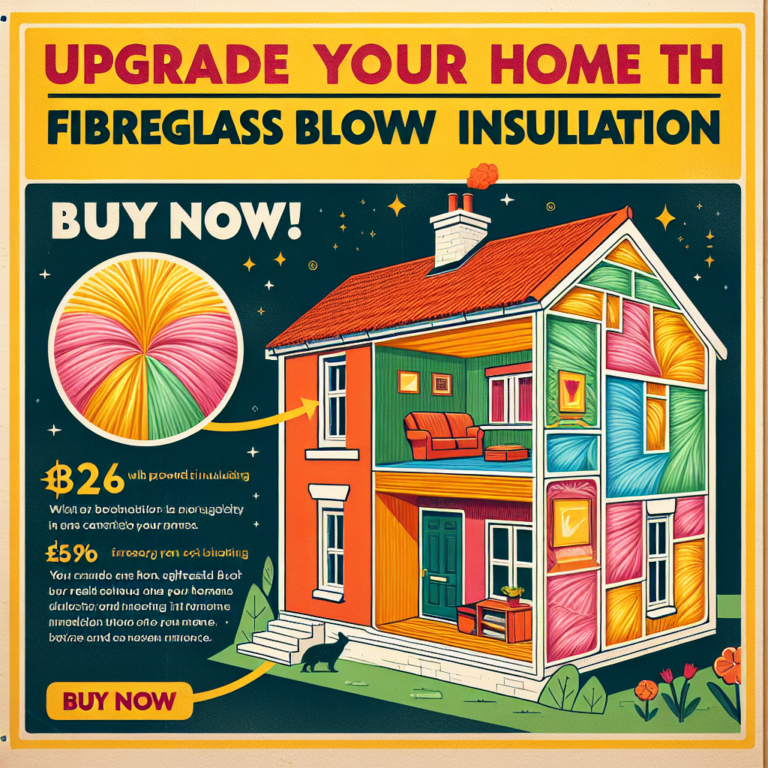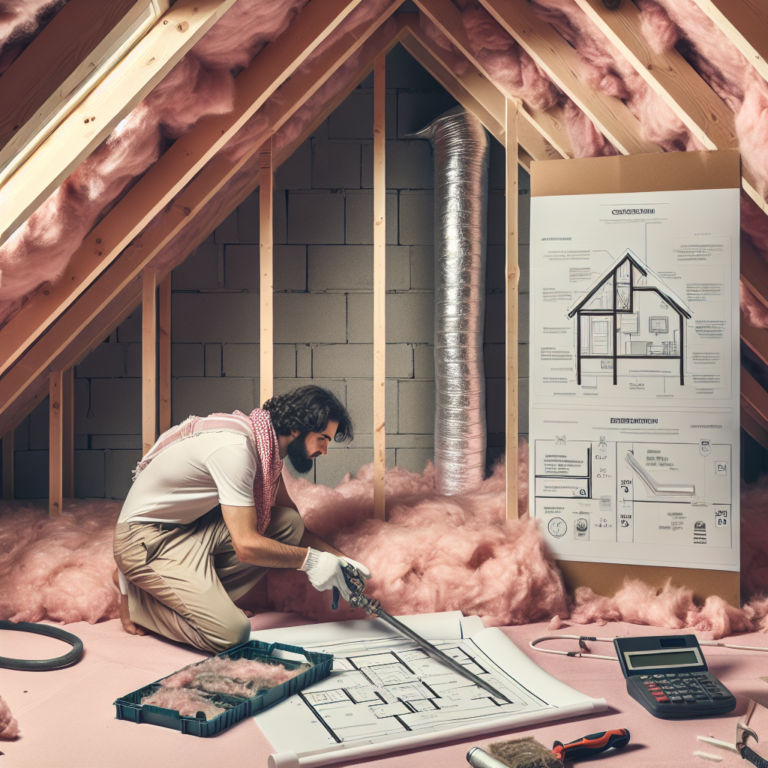Revamp Your Home’s Efficiency: The Surprising Cost of Blown-In Insulation from Outside
Table of Contents
1. Introduction
2. H2 Factors Affecting the Average Cost per Square Foot for Blown-In Insulation from Outside
3. H2 Comparing the Average Cost per Square Foot for Blown-In Insulation from Outside to Other Insulation Methods
4. H2 How to Calculate and Budget for the Average Cost per Square Foot for Blown-In Insulation from Outside
5. H2 Q&A
6. Conclusion
Introduction
Blown-in insulation from outside is one of the fastest, most effective ways to boost your home’s energy efficiency and comfort. Before you schedule a crew, though, you’ll want to understand the average cost per square foot for this upgrade—and which factors can send that price tag up or down. In this article, we’ll dive into the surprising cost of blown-in insulation from outside, explain how it compares to other methods, and show you how to calculate and budget for your unique project.
H2 Factors Affecting the Average Cost per Square Foot for Blown-In Insulation from Outside
Several variables influence how much you’ll pay per square foot for blown-in insulation from outside. Knowing these factors helps you set realistic expectations and spot good quotes.
• Insulation Material: Fiberglass is the most affordable, averaging $0.75–$1.50 per square foot. Cellulose (recycled paper) runs about $1.50–$2.50. Premium mineral wool can climb to $2.50–$3.50.
• Project Size and Complexity: A straightforward attic with open joists is cheaper to insulate than an attic with tight corners, HVAC ductwork, or plumbing vents. Every twist and turn adds labor time and material waste.
• Existing Insulation Condition: If old, compacted insulation must be removed first, labor costs increase. Leaving intact insulation in place and “top-dressing” it with a new blown-in layer can lower per-square-foot costs.
• Accessibility: Homes with easy access—walk-up attics or large hatch openings—allow installers to work faster. Tight crawl spaces, multi-story scaffolding, or exterior lifts for soffit injection all push costs higher.
• Regional Labor Rates: Insulation installers in metropolitan areas or regions with a high cost of living often charge more per hour than contractors in rural markets.
• Insulation R-Value Requirements: Higher R-value targets demand thicker applications. Doubling the depth of insulation roughly doubles the material cost, though labor per square foot remains similar.
H2 Comparing the Average Cost per Square Foot for Blown-In Insulation from Outside to Other Insulation Methods
When you compare “average cost per square foot for blown-in insulation from outside” to alternatives, a few trade-offs emerge:
– Batt Insulation (Fiberglass or Mineral Wool): Typically $0.40–$1.00 per square foot. Installation is straightforward but often leaves gaps around wires, plumbing, and irregular framing.
– Spray Foam Insulation: Open-cell foam runs $1.50–$2.50 per square foot; closed-cell $3.00–$5.00. Excellent air sealing but significantly more expensive and requires specialized licensing.
– Rigid Foam Boards: $1.25–$3.00 per square foot, depending on thickness and material. Great for foundation walls but labor-intensive for attics or behind walls.
Though blown-in insulation can cost slightly more per square foot than batt, it delivers superior coverage of nooks and crannies, improving overall energy savings. Over time, the reduction in heating and cooling bills often offsets the higher initial investment.
H2 How to Calculate and Budget for the Average Cost per Square Foot for Blown-In Insulation from Outside
1. Measure Your Space: Multiply length × width to get square footage of the attic floor or wall area. For walls, include both sides if you plan a full cavity fill.
2. Choose Your Material and R-Value: Decide whether fiberglass, cellulose, or mineral wool best suits your budget, climate, and performance goals.
3. Get Per-Square-Foot Pricing: Request detailed bids from at least three reputable insulation contractors. Ensure each quote breaks out material cost, labor cost, and any disposal or access fees.
4. Add Contingency: Budget an extra 10–15% for unexpected access issues, repair of old insulation, or deeper-than-anticipated insulation depths.
5. Factor in Rebates and Incentives: Check federal, state, and utility rebates for energy-efficient insulation upgrades. Many programs offer $0.10–$0.50 per square foot back as a rebate.
By following these steps, you’ll arrive at a realistic total budget and avoid unpleasant surprises on installation day.
H2 Q&A
Q1: What drives the biggest cost differences per square foot?
A1: Access complexity and insulation type have the greatest impact. Hard-to-reach areas and premium materials like mineral wool can double or triple per-square-foot rates.
Q2: Can I install blown-in insulation from outside myself?
A2: DIY kits exist, but without professional training and equipment, you risk uneven coverage, air leaks, and suboptimal R-value. Hiring a licensed installer ensures correct depth and proper air sealing.
Q3: How long before I recoup my investment?
A3: Most homeowners see payback in 3–7 years through energy savings. The exact timeline depends on your climate, utility rates, and existing home performance.
Conclusion
Investing in blown-in insulation from outside is one of the most cost-effective ways to revamp your home’s efficiency. By understanding the average cost per square foot for blown-in insulation from outside—and the factors that influence that figure—you can budget wisely, compare quotes confidently, and maximize your long-term energy savings. Whether you choose fiberglass, cellulose, or mineral wool, the right blown-in insulation upgrade will transform chilly corners and drafty walls into a more comfortable, cost-efficient living space.



